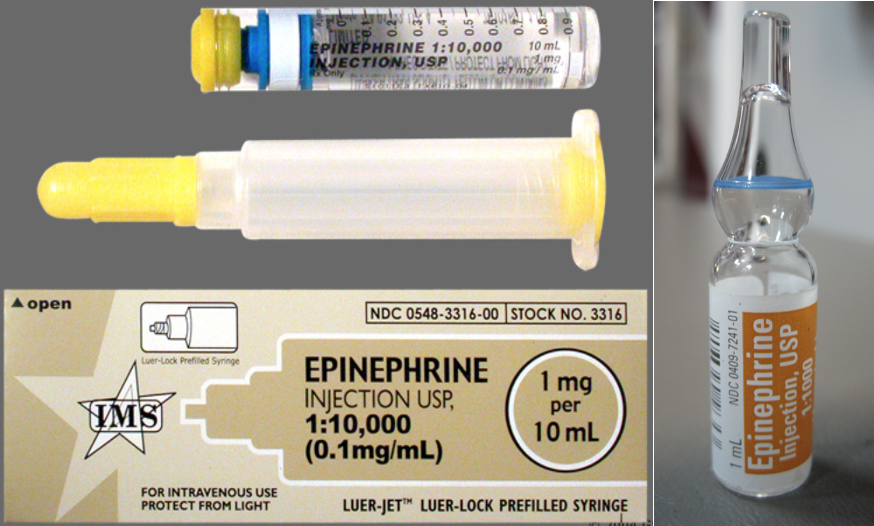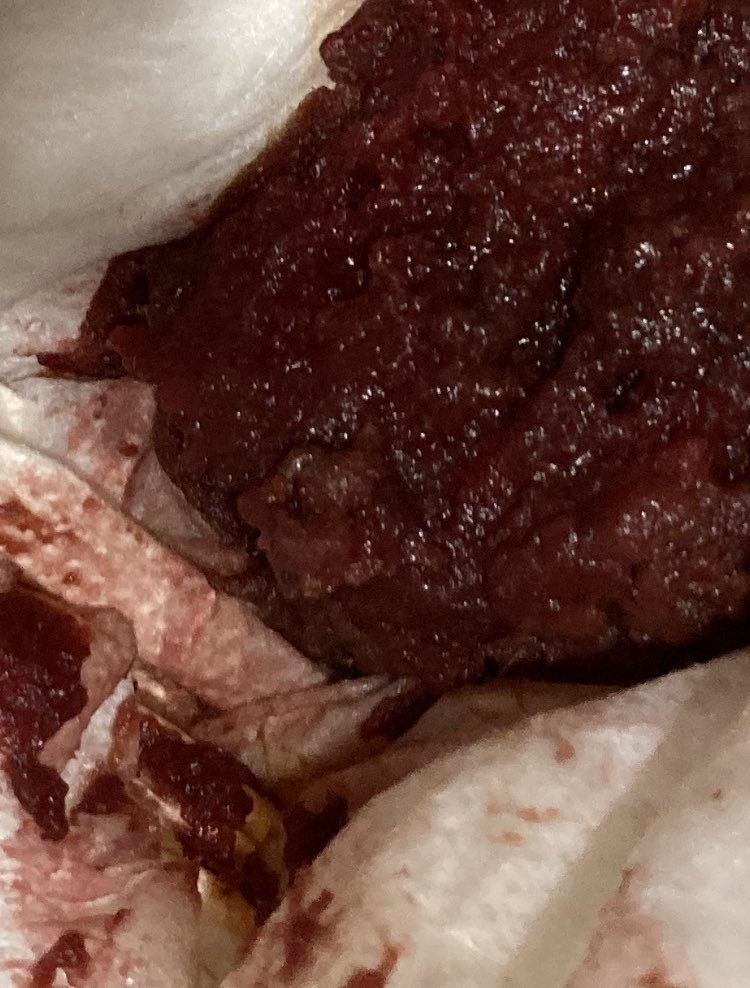
I’m fascinated by the question raised in this great blog post (read first).
“Always address the abnormal vital signs first”
I’m gonna think through some physiologic uncertainties and hope that @smithECGBlog @JSawallaGusehMD @MKIttlesonMD @BCMHeart can help me.
Thread 1/
“Always address the abnormal vital signs first”
I’m gonna think through some physiologic uncertainties and hope that @smithECGBlog @JSawallaGusehMD @MKIttlesonMD @BCMHeart can help me.
Thread 1/
https://twitter.com/smithecgblog/status/1332348339380051968
I’ve always thought of severe hypertension as a cause of increased myocardial oxygen demand. Which makes sense for the SBP (afterload, wall stress)... it’s what the LV is contracting against.
2/
2/
But what role does the DBP play?
Not much of one as far as the LV’s workload far as I can think...
But diastole is when coronary perfusion happens. Applying Ohm’s law in that vascular bed,
DBP - LVEDP = coronary blood flow (CBF) x coronary vascular resistance (CVR).
3/
Not much of one as far as the LV’s workload far as I can think...
But diastole is when coronary perfusion happens. Applying Ohm’s law in that vascular bed,
DBP - LVEDP = coronary blood flow (CBF) x coronary vascular resistance (CVR).
3/
Is CVR any higher than baseline in setting of systemic hypertension?
On the one hand, maybe, because of a common confounder of elevated systemic catecholamine levels. But esp if the heart is working harder, there must be some local vasodilatory mediators at play too...
4/
On the one hand, maybe, because of a common confounder of elevated systemic catecholamine levels. But esp if the heart is working harder, there must be some local vasodilatory mediators at play too...
4/
So if we assume CVR is not elevated, then any increase in DBP should proportionally increase CBF.
If DBP is 130 instead of 65 with the same coronary resistance, then coronary flow doubles.
Which should offset a lot of the increase demand from SBP?
5/
If DBP is 130 instead of 65 with the same coronary resistance, then coronary flow doubles.
Which should offset a lot of the increase demand from SBP?
5/
The other term to question is LVEDP. Does high DBP translate to high LVEDP and this keep the gradient flat? Somewhat... but I think not linearly. Especially if there’s not much dyspnea / pulmonary edema, the LVEDP probably isn’t elevated by as the DBP is. If AV intact.
6/
6/
OR... is myocardial ischemia, dysfunction, injury in severe HTN more mediated by hypertensive MICROangiopathy, in which case all the formulas and assumptions above get thrown out the window.
Teach me, #medtwitter #cardiotwitter
7/7
Teach me, #medtwitter #cardiotwitter
7/7
• • •
Missing some Tweet in this thread? You can try to
force a refresh








